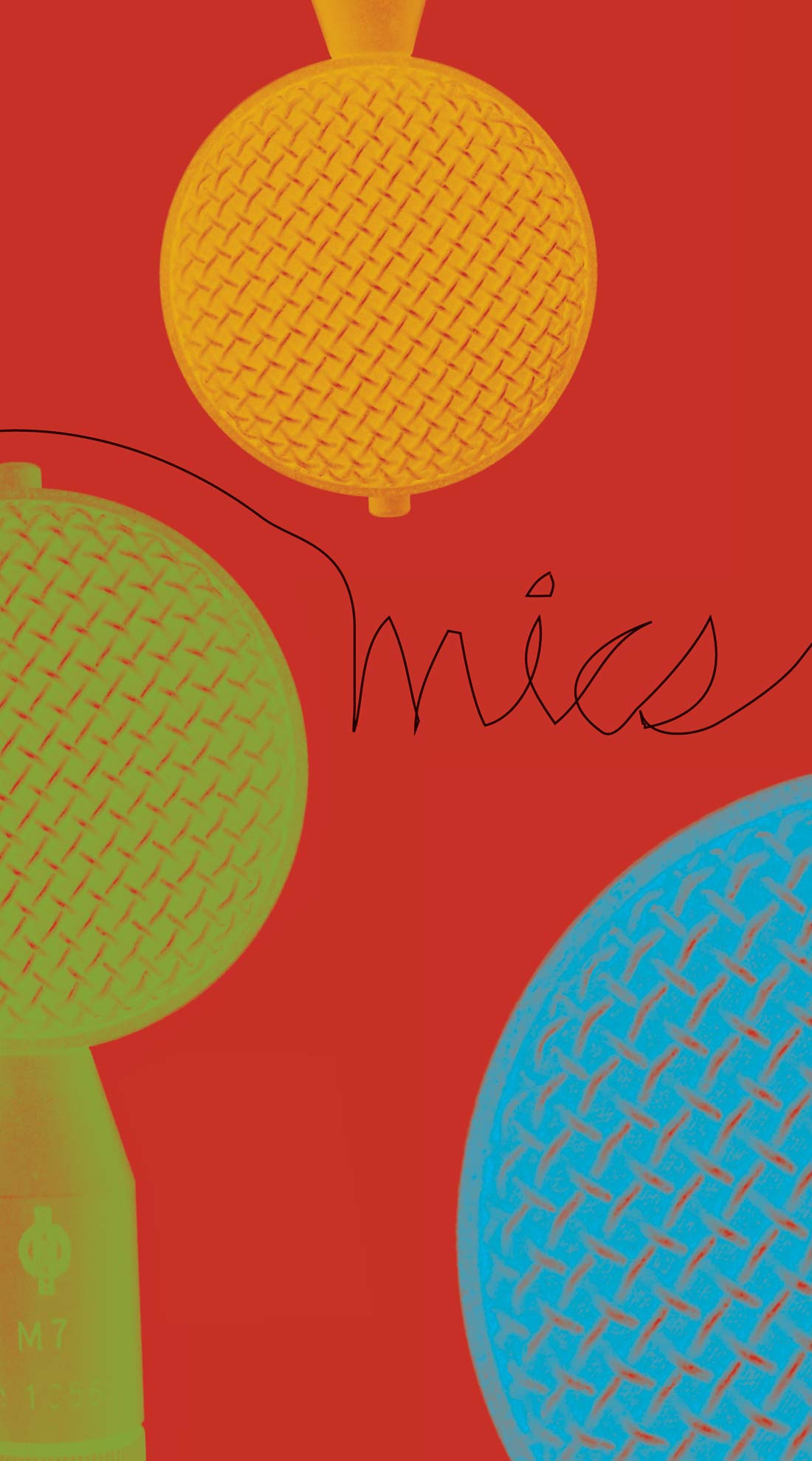Ultimate Ears competes with companies like Sensaphonics for sales of in-ear monitors to professional users. After his introduction to the iPod, Ultimate Ears founder Jerry Harvey recognized an opportunity; his $550 UE-5c model now targets the consumer market. Despite the significant price difference, sales of the two-driver UE-5c and its more expensive sibling, the three-driver UE-10 PRO, are nearly even. While the company recommends the UE-5c for discriminating rock listeners, it claims the UE-10 PRO is best for more complicated programming. The improvement in audio reproduction provided by either model will find on-the-go audiophiles using their standard earbuds as spare sets of shoelaces.
All Ultimate Ears personal montitors are custom fit, requiring a visit to an audiologist to get impressions of both ears. The resulting earphones work with any system accepting a standard 1/8'' mini jack. Available colors range from fleshtones to Rainbow Glitter.
The UE-10 PRO is my clear preference as an alternate mixing reference with its impressively-smooth frequency-response spanning 20 Hz to 16 kHz and its sensitivity of 119 dB at 1 mW. I have an assortment of headphones, ranging from a lousy Philips set for my portable CD player to my favorite AKG K 1000. The UE-10 PRO smokes everything in my studio other than the K 1000. It's hardly a fair comparison, though, since the K 1000's design allows sound to travel around the head, and the UE-10 PRO's two channels are completely isolated.
While the K 1000 sounds more natural, the detail provided by the UE-10 PRO is brilliant. Room and reverb specifics are easier to investigate in these phones. My evaluation program included Miles Davis' "So What" from Kind of Blue. There's a rattle in the right channel during the song's first minute, presumably from Cannonball Adderley's saxophone, which I'd somehow happily ignored until now. The noise jumped forward with such clarity that I'll never hear this recording the same way again. Gee, thanks, Ultimate Ears! Joking aside, I'll never declare a mix finished without checking it through these phones.
I really appreciate the UE-10 PRO's everyday utility. The custom-fit shells provide 26 dB of isolation; I can't wait to use these during air travel. Even without noise cancellation, these should easily top my next-best candidate, the DJ-style, over-the-ear Sony MDR-V900. Despite a decent seal, the Sony headset allows too much ambient noise for low-volume listening. Even at higher volumes, low frequencies and details are lost from CD or DVD audio. The UE-10 PRO's third driver provides additional low-frequency information. During "So What," I was able to hear Paul Chambers' acoustic bass at comfortable levels while riding the train into Chicago. Better yet is the UE-10 PRO's assistance in keeping my New Year's resolution to work off the "studio physique" at the gym. With my Philips headset, I had to either listen at deafening levels or attempt listening to Calexico and Baha Men simultaneously.
Unfortunately, due to the UE-10 PRO's rigid silicon shell, microphonics and bone connectivity are issues when I'm on the treadmill (as they must be during active stage performance). Every step sends a low rumble through the ear. It's tolerable, but it helps to run in time-no speed metal for me. Nonetheless, I experimented by listening to Talk Talk's Laughing Stock while running yesterday. The UE-10 PRO's custom fit and isolation are invaluable. If I still had to listen to that godawful, piped-in disco music at the gym, I'd never set foot in the place again. (UE-10 PRO $900 MSRP; www.ultimateears.com)




_disp_horizontal_bw.jpg)